








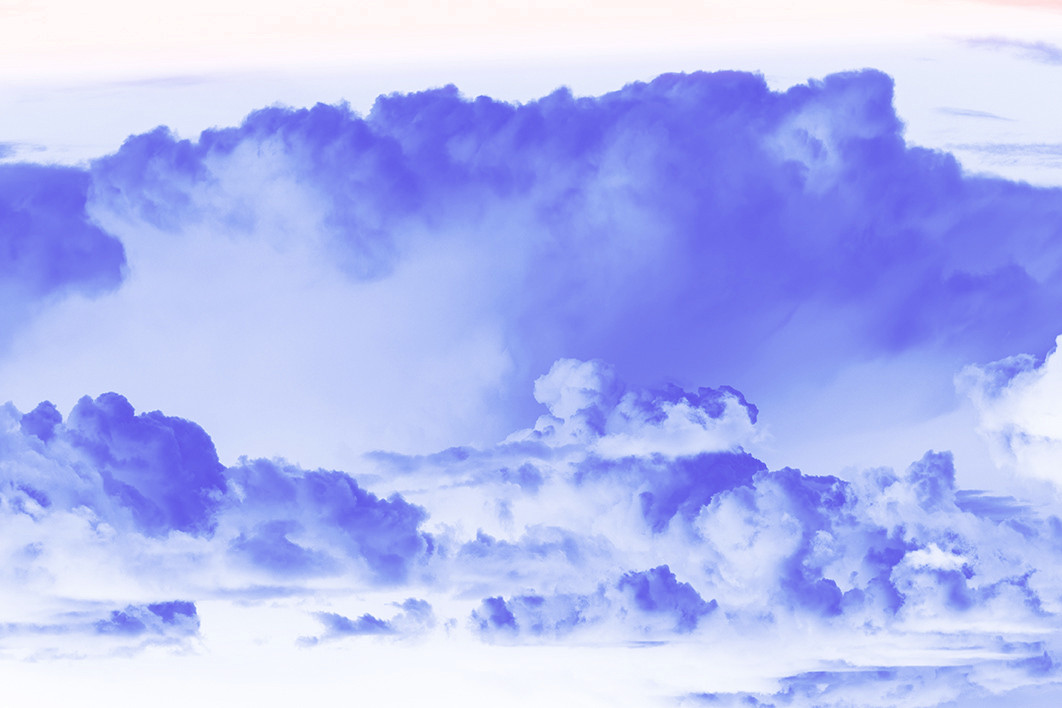

















What do we see when we look up at the sky? Clouds, clouds and more clouds.
Weather circulations around us, formations of water vapour carried by air, currents that are constantly changing as part of the Earth’s water cycle. Despite their seemingly light appearance, clouds carry a vast amount of data about the environment and conditions in which we live. In The Cloud of Un/knowing, the cloud is a unique and fleeting moment, a continuous process guided by invisible streams of data. Real-time local weather observations with the atmospheric measurements from the boreal forest and arctic water vapour define the views of the exhibition and set the rhythm for the artworks.
More climate data is being collected than ever before, yet there remains so much unknown about atmospheric events. The idea of various levels and forms of knowing and un/knowing has long been at the core of Josefina Nelimarkka’s art. Through this way of thinking, if we accept the uncertainty and allow multiple ways of knowing, we get closer to complex, elusive phenomena – moving like a cloud between the real, the sensual and the potential.
The works in the exhibition offer us the opportunity to expand our ability to observe clouds and invisible events in the atmosphere. Watery motion, sound and light reveal the interconnectedness of time, weather and climatic processes. In the exhibition, the cloud shifts from the atmospheric being towards a method for thinking; an interactive space where the viewer’s experience and presence are emphasised. By pausing for a moment amid the works, we can create a personal connection with the environment, reflect on the essence of clouds and imagine different scenarios for the future of the climate.
Like a cloud, every moment of the exhibition is unpredictable.
Intensities, futurities
2024
The light in the glass works changes in real time according to the water isotope values detected from arctic water vapour.
The light flowing within the transparent material takes us to the icy ocean currents of Arctic. Subtle movements reveal formations of air trapped inside the glass as a result of the dynamic glassblowing process. The work highlights the invisible, rapidly changing yet meaningful moments that are constantly occurring in the areas that are warming faster than the rest of the Earth. Isotope values indicate the movement of water molecules and can be used to track the journey of water from sea ice to clouds. Arctic clouds accumulate a huge amount of data about the current and future weather conditions around the world. Observations on these clouds provide significant information for climate change monitoring.
Beneath the transient states, there is now
2024
Silk installation
The artwork is based on the artist’s long-term research on ancient weather. The information on the climatic processes of the past is stored in the environment, carried by rocks, meteorites, corals and algae. Images of these produced with the nanomicroscope meet on the surface of the silk. Traces of the climates of different times and places manifest how sensitively nature has reacted to the environmental changes, when conditions on Earth have altered. In the work, nature’s memory becomes a way of knowing, where the different layers of time merge into each other and tell about the continuous circulations in the environment. Climate data is used to create prediction models for the future, yet it is important to understand the climate conditions of the past.
The Cloud Hour
2024
The installation transforms in real time based on the climate data-driven technology. A weather station on the roof of the museum measures the local conditions during the exhibition. The water isotope values from the arctic air together with the aerosol observations from the boreal forest also influence the process of the work.
The video view and soundscape are in a continuous dialogue with the air near and far, bringing forth the intertwined environmental processes. Moving freely between time zones, in this unique moment of water, a droplet becomes a cloud and eventually rain. The clouds formed by the Arctic water vapour may seem distant, but they come closer to us when rain falls on the Earth’s surface. The microclimate of boreal forests, on the other hand, has enormous potential: the cooling effect of the clouds produced there carries hope for a better future for the environment and the entire ecosystem.
The exhibition is constantly in motion as the meteorological and scientific measurements affect the works. The climate data-driven technologies created specifically for the works read real-time measurements from a weather station on the roof of the museum and scientific research stations in the Arctic area and the boreal forest. The real-time data streams create a direct connection to momentary micro-level changes in the atmosphere.
Cloud formation is a complex phenomenon that is influenced by weather and climatic processes. During the exhibition, the weather station measures local conditions: wind, rain, barometric pressure, humidity, air quality and the carbon cycle. The arctic and boreal forest measurements reveal the interactions between the atmosphere, ecosystem and oceans.
Water isotopes are used to track the journey of water molecules during the water cycle. They help to investigate the global effects of melting sea ice to cloud formation and transportation in and out from the Arctic areas. The formation of aerosol particles in the atmosphere is observed to understand clouds and their extensive effects on the climate system, as well as the connections between the atmosphere and boreal forests. Aerosol particles formed in the boreal forest affect the properties of clouds and thereby have a cooling effect on the climate.
In climate research, clouds and the water cycle involve uncertainties, which are studied through continuous measurements and climate modelling.
Hyytiälän metsäasema | Hyytiälä skogstation | Hyytiälä Forest Station
Ilmakehätieteiden keskus | Institutet för atmosfär- och jordsystemsforskning | Institute for Atmospheric and Earth System Research INAR
Helsingin yliopisto | Helsingfors universitet | University of Helsinki
Arctic Water Isotope Network AWIN
Pallas Atmosphere-Ecosystem Supersite
Oulun yliopisto | Uleåborgs universitet | University of Oulu
VAISALA
Josefina Nelimarkka (b. 1982) is a multidisciplinary artist working with environmental questions and experientality. In her site-sensitive installations connected to weather, water, and air, she explores the natural phenomena and their perception combining artistic and scientific research. Her works are multisensory experiences, which reveal the subtle yet partly incomprehensible and complex processes in time, nature, and society.
Nelimarkka’s art expands from painting to continuous processes, in which the constant flux depends on the ongoing changes in the environment. Unpredictability is part of the potential of the installations that transforms into experientiality with delicate materials, real-time data and interactive technology. Through her works, the momentary nature of time and sensitivity of the environment are underscored, bringing forth multiple ways of sensing, knowing and being present.
Josefina Nelimarkka works in Helsinki and London. She has graduated from the Academy of Fine Arts Helsinki (2017) and Royal College of Art in London (2016). Her works have been shown in many solo and group exhibitions in Finland and abroad. Her recent projects investigate the role of clouds in atmospheric research in collaboration with climate scientists. Nelimarkka participated in the UN climate conference in Dubai (2023) and presented her works at Finland’s COP28 Pavilion.